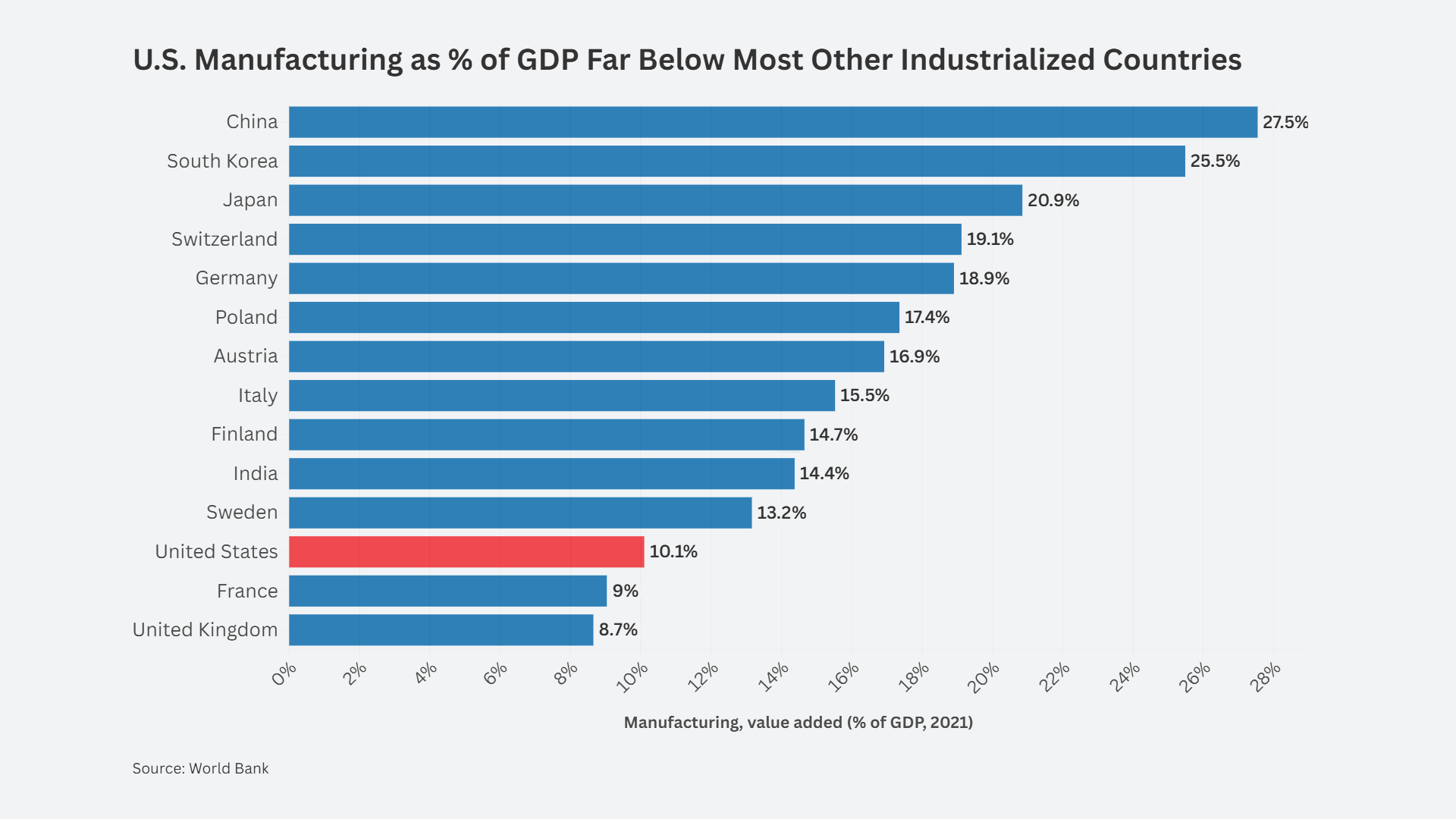“The virtuous cycle of capital has broken down,” says Dan Alpert, Managing Partner at Westwood Capital in this new edition of Real Conversations.
[Dan Alpert| February 09, 2017 |HedgeEye]
That’s not hyperbole. Alpert wrote the book, “The Age of Oversupply.” In it, he argues that a global labor glut, excess productive capacity, and a rising ocean of cheap capital have kept the economies of the first world (notably the United States) mired in underemployment and anemic growth.
WHAT IS THE AGE OF OVERSUPPLY
In the “age of oversupply,” companies are unlikely to reinvest profits due to all this excess capacity. “When you have a global capital glut, capital starts to back up and say ‘Geez, you know I can’t make a dime taking risk free returns anywhere,’” Alpert says.
As a result, instead of reinvesting profits in their businesses, companies buy back stock and purchase competitors. Money finds its way into equity markets rather than factories, equipment, and more manpower.
“You don’t need additional primary investment so that capital becomes hyper activated in the secondary markets,” Alpert says in the video interview above with Hedgeye CEO Keith McCullough.
Sound familiar?
That’s why the $24 trillion worth in central bank asset purchases globally have been a drop in the bucket. Growth in productive capacity has been anemic so global economic growth continues to slow. According to the IMF, global growth for 2016 is expected to be 3.1% versus 3.2% in 2015. Advanced economies fared even worse, posting 1.9% growth versus 2.1% in 2015.
A $1 TRILLION SOLUTION: INFRASTRUCTURE SPENDING
There’s hope. In the video interview above, Alpert suggests a solution that the Trump Administration is already predisposed to endorse:
“If you have a massive glut of capital and it’s not flowing back into the U.S. economy in the form of productive plants and equipment, you really ought to take it using the agency that can borrow it cheaply, the U.S. government. Use it to pull up wages by reemploying a large number of steel workers, and construction workers and all of the support industries to rebuild our domestic infrastructure that is the shot in the arm that this country requires.”
On the campaign trail, President Donald Trump proposed $1 trillion in infrastructure spending. “Trump is absolutely right on about the need for an aggressive infrastructure program in the U.S.,” Alpert says.
The reason this stimulates economic growth is relatively simple to understand, Alpert says. By increasing the demand for skilled labor at the top, you employ the underemployed and create demand for other workers to fill those vacated positions and employ the unemployed. Alpert calls this “trickle down labor demand.”
“Take the former construction worker who’s now a bartender and give him a hammer back. Well, now you need a new guy to tend bar.”
Logistics… A fiscal spending program like the one proposed by Trump are typically spread out over a period of five years, Alpert says, so $200 billion each year.
“If you spend $200 billion in this economy in additional government infrastructure spending, rebuild bridges, airports and railways, especially if it’s well targeted. This economy is going to go crazy. It’s going to do great.”
Bottom line? If Trump gets his way and passes a targeted fiscal stimulus program, the U.S. economy is “going to go crazy.”













